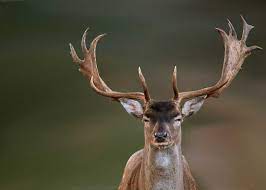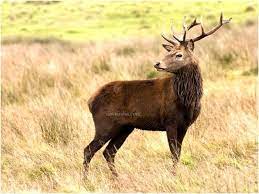Amidst the woodlands and open landscapes, a regal creature known as the red deer graces the terrain, captivating with its elegance and significance. Join us on a journey to delve into the captivating world of red deer, uncovering their unique characteristics, habitat, and their integral role in shaping the ecosystems they call home.

The red deer, scientifically named Cervus elaphus, stands as a symbol of both natural beauty and ecological importance. Its majestic appearance and complex behaviors make it a creature of admiration and scientific inquiry.
Distinctive Traits
The red deer is recognized for its robust stature, impressive antlers, and rich reddish-brown coat. Its size and adaptability allow it to thrive across diverse habitats.
Habitat and Distribution
These deer inhabit a range of ecosystems, from forests to grasslands, across Europe, Asia, and parts of North America. Their ability to adapt to various environments is a testament to their evolutionary success.
Breeding and Behavior
Red deer exhibit intricate behaviors during their breeding season, or rut. Males engage in dramatic displays, including roaring and antler clashes, to establish dominance and secure mates.
Diet and Foraging Habits
Red deer are herbivores, consuming a variety of plant matter such as grasses, shrubs, and leaves. Their feeding habits influence vegetation patterns and contribute to ecosystem dynamics.
Conservation Concerns
While red deer populations are generally stable, conservation efforts focus on maintaining balanced populations and managing interactions with human activities.
Cultural Significance
Red deer have held cultural importance in various societies throughout history, often symbolizing strength, nobility, and the cycles of nature.
Ecosystem Impact
Red deer are keystone species, shaping ecosystems by influencing plant growth and providing food for predators. Their ecological interactions have far-reaching effects.
Future Outlook
Understanding the behavior and ecology of red deer is crucial for conserving their populations and ensuring the health of the ecosystems they inhabit.
Conclusion
The red deer, with its grand presence and intricate role in nature, reminds us of the interconnectedness of all living beings. As we explore the world of these magnificent creatures, we gain a deeper appreciation for the beauty and complexity of the natural world.



















Add Comment